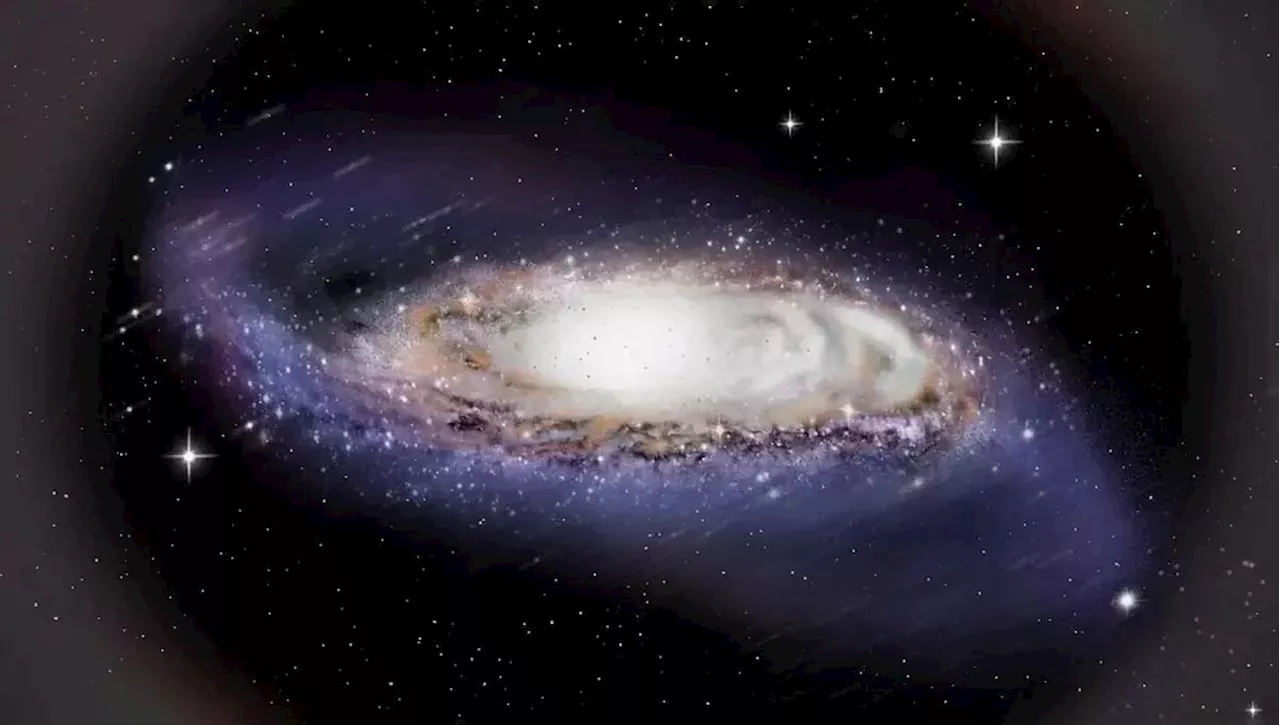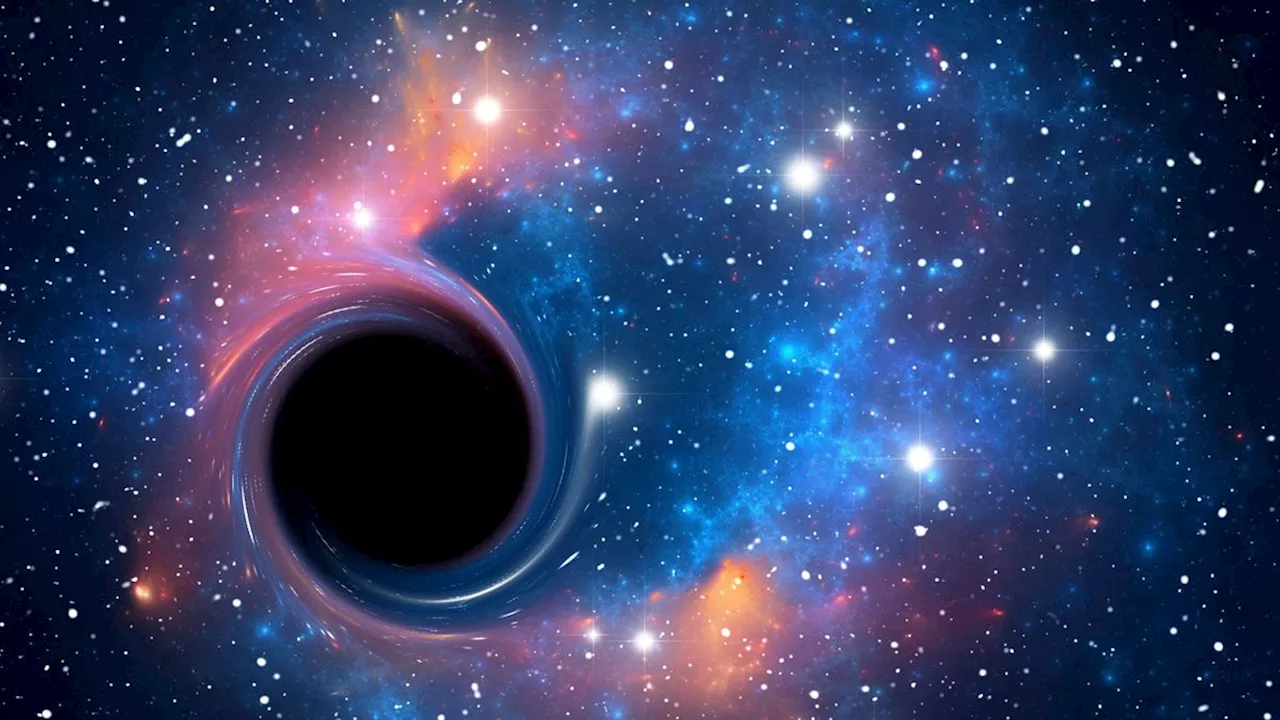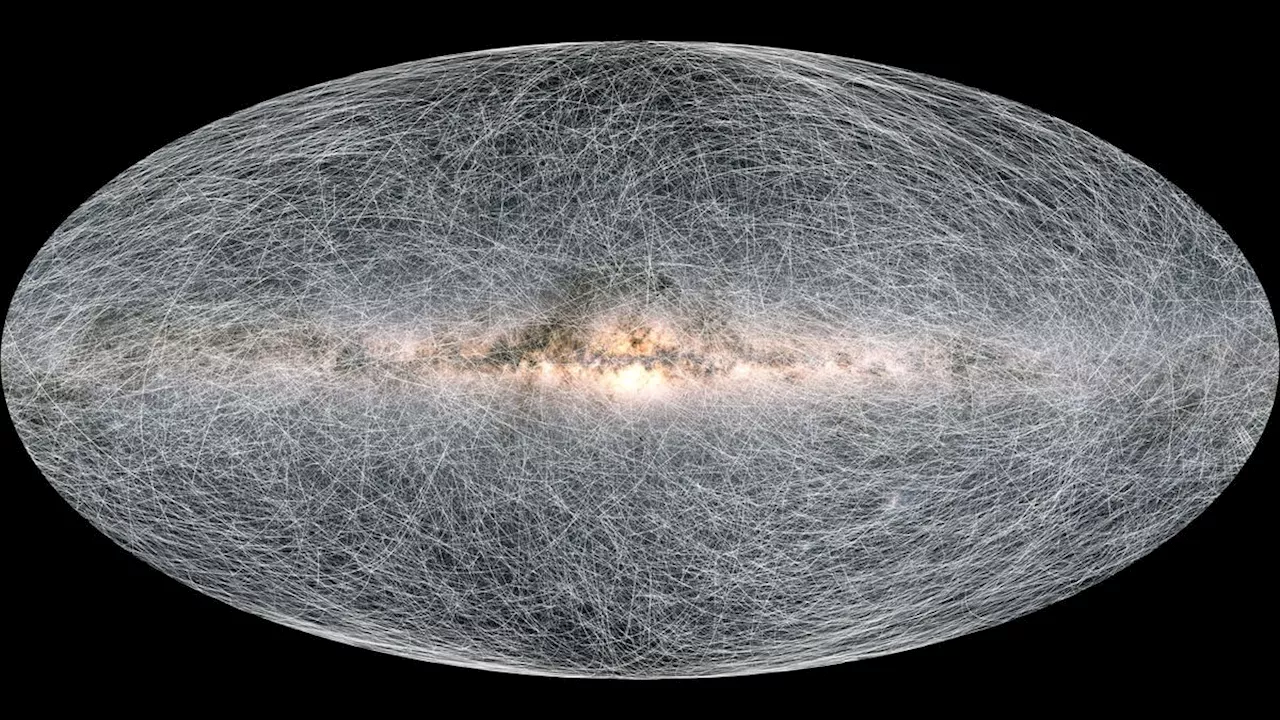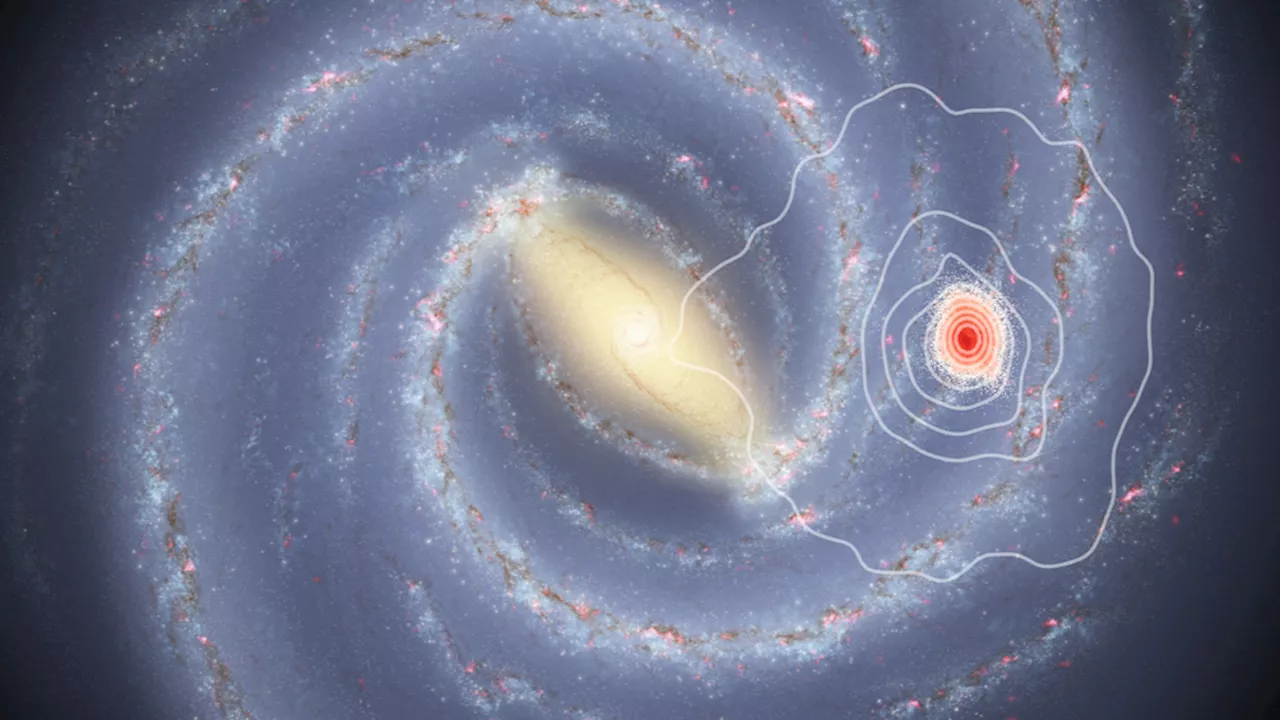Patrick Pester is a freelance writer and previously a staff writer at Live Science. His background is in wildlife conservation and he has worked with endangered species around the world. Patrick holds a master's degree in international journalism from Cardiff University in the U.K.
Ancient stars located surprisingly near to our sun formed less than a billion years after the Big Bang — suggesting part of the Milky Way is much older than previously thought, a study has found.
Researchers dated these ancient stars by studying data collected by the European Space Agency's Gaia spacecraft and posted their findings to the pre-print arXiv server earlier this year. The Leibniz Institute for Astrophysics Potsdam in Germany announced the discovery on Wednesday, July 31. "These ancient stars in the disc suggest that the formation of the Milky Way's thin disc began much earlier than previously believed, by about 4-5 billion years," study lead author Samir Nepal, a doctoral candidate studying the Milky Way at AIP, said in a statement. Scientists are piecing together the history of the Milky Way with Gaia data to create maps that document the age, chemical composition and movement of its stars, according to the statement.
By submitting your information you agree to the Terms & Conditions and Privacy Policy and are aged 16 or over.For the new study, researchers looked at more than 800,000 stars in the solar neighborhood, which runs about 3,200 light-years around the sun; for comparison, the entire Milky Way is about 100,000 light-years wide. The team used machine learning to combine different data, giving measurements for variables like the age and metal content of the stars.
United States Latest News, United States Headlines
Similar News:You can also read news stories similar to this one that we have collected from other news sources.
 Discovery of ancient stars on the stellar thin disk of the Milky WayA surprising discovery about the evolution of our galaxy using data from the Gaia mission found a large number of ancient stars on orbits similar to that of our sun. They formed the Milky Way's thin disk less than 1 billion years after the Big Bang, several billion years earlier than previously believed.
Discovery of ancient stars on the stellar thin disk of the Milky WayA surprising discovery about the evolution of our galaxy using data from the Gaia mission found a large number of ancient stars on orbits similar to that of our sun. They formed the Milky Way's thin disk less than 1 billion years after the Big Bang, several billion years earlier than previously believed.
Read more »
 Revealing the Milky Way’s Warp: How Cepheid Stars Map Our Dark Matter HaloScience, Space and Technology News 2024
Revealing the Milky Way’s Warp: How Cepheid Stars Map Our Dark Matter HaloScience, Space and Technology News 2024
Read more »
 Milky Way's rarest black hole may lurk behind 7 stars that 'shouldn't be there'Harry is a U.K.-based senior staff writer at Live Science. He studied marine biology at the University of Exeter before training to become a journalist. He covers a wide range of topics including space exploration, planetary science, space weather, climate change, animal behavior, evolution and paleontology.
Milky Way's rarest black hole may lurk behind 7 stars that 'shouldn't be there'Harry is a U.K.-based senior staff writer at Live Science. He studied marine biology at the University of Exeter before training to become a journalist. He covers a wide range of topics including space exploration, planetary science, space weather, climate change, animal behavior, evolution and paleontology.
Read more »
 Milky Way galaxy: Everything you need to know about our cosmic neighborhoodTereza is a London-based science and technology journalist, aspiring fiction writer and amateur gymnast. Originally from Prague, the Czech Republic, she spent the first seven years of her career working as a reporter, script-writer and presenter for various TV programmes of the Czech Public Service Television.
Milky Way galaxy: Everything you need to know about our cosmic neighborhoodTereza is a London-based science and technology journalist, aspiring fiction writer and amateur gymnast. Originally from Prague, the Czech Republic, she spent the first seven years of her career working as a reporter, script-writer and presenter for various TV programmes of the Czech Public Service Television.
Read more »
 Cosmic Oddity: Rare Second-Gen Star Found Beyond the Milky WayScience, Space and Technology News 2024
Cosmic Oddity: Rare Second-Gen Star Found Beyond the Milky WayScience, Space and Technology News 2024
Read more »
 Milky Way: 15 Places In The U.S. For The Best Views As Galaxy PeaksI'm an award-winning journalist writing about the night sky and eclipses.
Milky Way: 15 Places In The U.S. For The Best Views As Galaxy PeaksI'm an award-winning journalist writing about the night sky and eclipses.
Read more »
